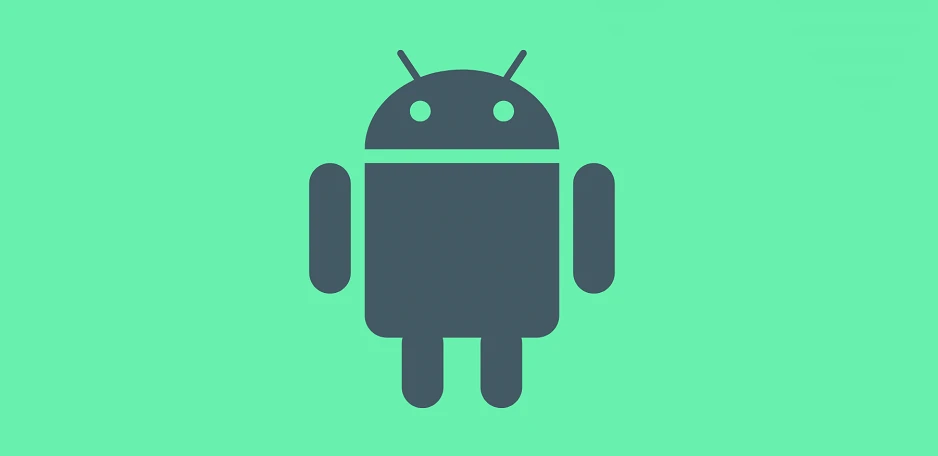How hard is Android development?

Modern Android development can be a daunting task, especially for those with no programming experience and little familiarity with the world of mobile app development. Even experienced programmers are not always able to understand the complexities of the Android operating system. Frequent updates and a wide variety of devices with different versions of the Android operating system mean that developers need to be on top of their game to ensure that the product runs smoothly on every device model. There are also a number of software development toolkits and programming languages that can be used to develop applications for Android. However, once you understand the key components of development and have mastered the Android SDK and Java, not everyone can develop a top-quality application.
What is Android development?
Android development is the process of creating software for devices based on Android, and the most popular form in this case is the development of applications for mobile devices. As Android is one of the most popular open source operating systems developed by Google, development can be used on a wide range of devices, including tablets and smartphones. Android development includes the creation of applications for mobile devices, it can also include web applications and the development of internal services for mobile applications. As you know, Android development requires a deep understanding of the principles that make up software development. This can include object-oriented programming and design patterns. In addition, developers need to have a professional understanding of the Android SDK and its various APIs, libraries and frameworks. It is also necessary to keep abreast of the evolution of the platform to stay abreast of the latest news and features of the Android OS. It requires a deep understanding of software development principles such as object-oriented programming and design patterns. There are many different types of applications that can be developed using the Android SDK, such as games, news readers, utilities, social networks and more. In addition, the Android platform is constantly evolving, so developers need to be aware of the latest versions of the OS and its features.
The main components of Android development and how to understand them
The official integrated application development environment for Android is Android Studio, which is based on the IntelliJ IDEA platform and has a range of features, including
- Gradle's flexible build system - consisting of a flexible set of tools to manage and automate projects during software development.
- A fast and functional game emulator.
- Powerful code editor with customisation and refactoring tools.
- Built-in debugger.
- Support for multiple screen sizes, densities and more.
How complex is Android development?
Developers know that developing for Android is a more complex task than developing for iOS. This is often due to the wide variety of platforms and tools needed to run and work with the application. There is no definitive answer to the question of how difficult development is, as this process depends on many factors, as well as the knowledge and experience of the developer. In general, Android development can be quite complicated, especially when it comes to creating complex applications. It is better to spend some time learning the basics before you start working on more complex projects. In any development process, it is difficult to know exactly what an application should be. Often this is because each individual application requires separate tasks, which can make it difficult for developers to build applications. For example, if it is a social networking app, there will be a lot of features like likes, comments and more to consider. A video streaming app will need features such as playback and live streaming. In addition, the complexity of Android app development means that newcomers are unlikely to be able to get started straight away. Therefore, it is important to consider some key things to simplify the process and, if possible, start by developing a simple app such as a calculator or game.
What are the stages of Android development and how difficult are they?
There is no need to write code to develop Android, so the process can be considered relatively easy. The first step is to understand the platform and start developing your application using existing templates or if you need to build it from scratch. A functional interface builder with drag-and-drop functionality and a visual editor allows you to create a layout and user interface. Once your project is complete, all you need to do is test it on an emulator or device of your choice before submitting it to the Google Play Store for distribution. The second stage involves testing and debugging. The complexity of this process is that you need to find and fix bugs. The best way to do this is to run unit tests on every line of code in your application several times a day. This will ensure that all screens look correct when displayed on the device or emulator, and that the application works properly when used. At this stage you will also need to troubleshoot any customer service issues. The final step is to package the application and submit it to the Google Play Store. This stage is complicated by the fact that there are many requirements for opening access to users. First of all, you need to choose a name for the package that accurately represents the type of application. Then it's important to set the permissions to access the files, so that users can't damage or corrupt them in any way. Finally, despite its complexity, ServReality offers Android development at the highest level, which has many advantages, such as the ability to create more functional applications compared to the competing system and to present your project to a wider audience, which is typical of Android.

